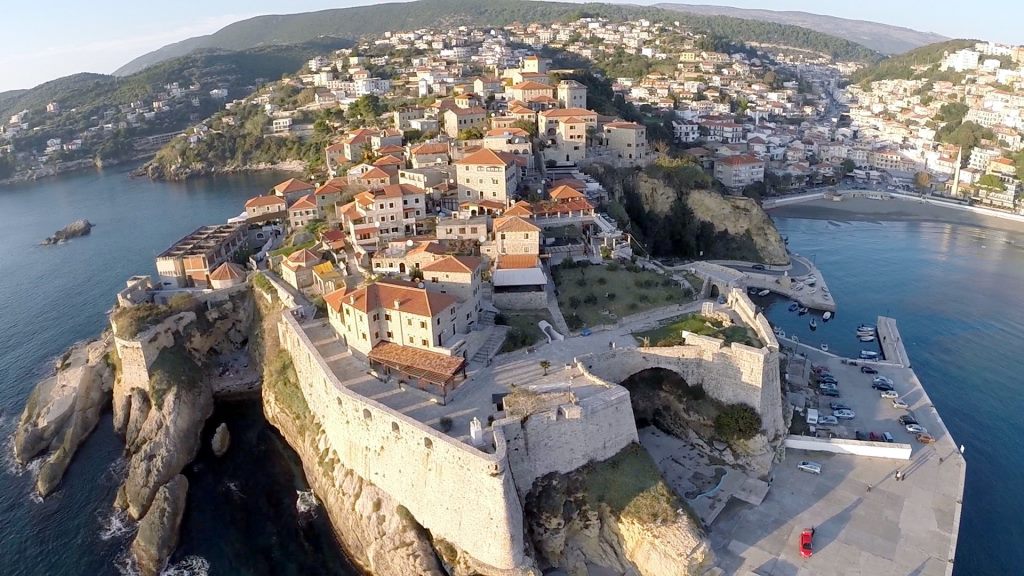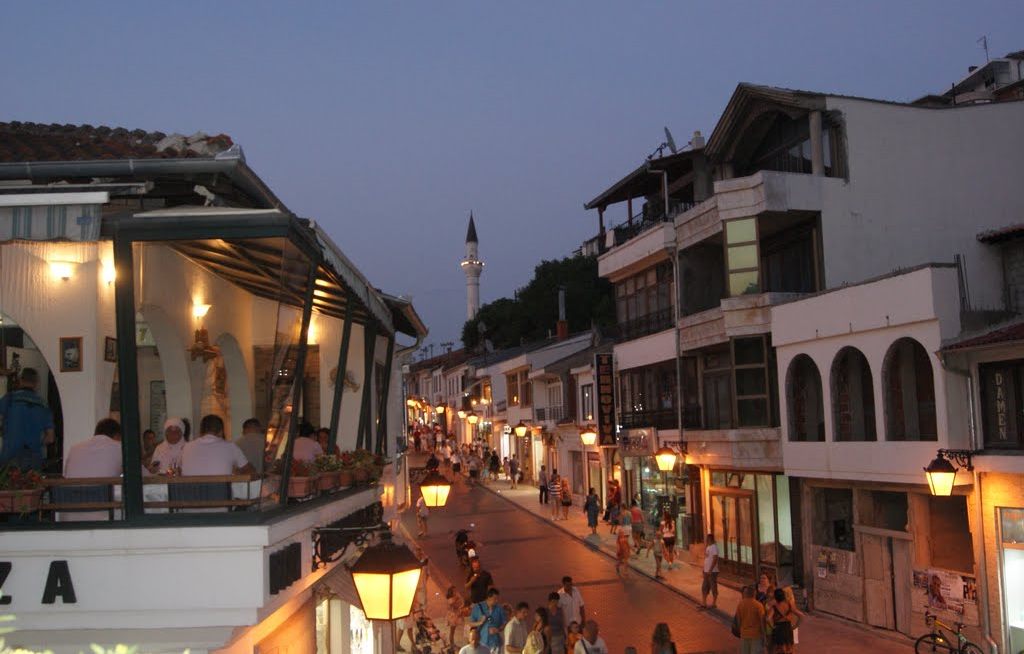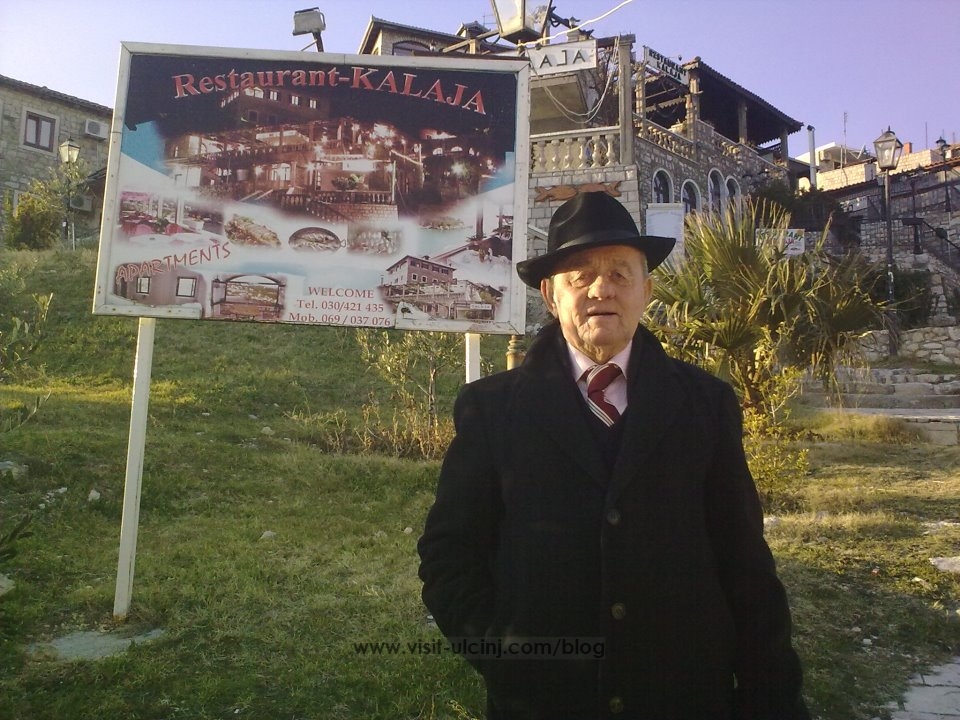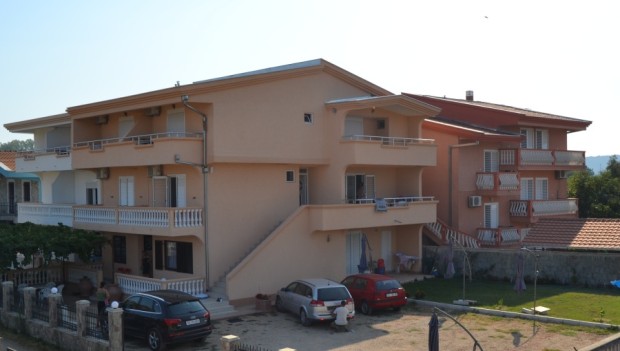Translated by Anida Resulbegu
In 1961 Ulcinj was ranked among the first cities in the region regarding to tourism revenues, whereas nowadays is ranked among the last. This does not change the fact that Ulcinj is the city with the largest surface by the seaside. Problems of tourism in Ulcinj start with lack of experience in the registration of tourist tax, a lack of strategic and special plan, lack of coordination between local and central government, lack of foreign investment, and of qualifying staff.
These information were referred in the fourth international scientific conference with subject ŌĆ£Perspectives of regional economic development under the light of local economic development and the impact of the tourism sector in themŌĆØ
Tourism shows its quality in the functioning of hotels. Before the 80s it was given priority to Russian investments, according to political denigrating line at that time in Montenegro. This damaged the businessmen of Ulcinj, limiting them to the maximum, until the closure of activity. Nowadays this sector seems to be improved, but Ulcinj is not ready yet for heavy streams of tourists.
If you ask people from Ulcinj from what or how do they live, they will say: ŌĆ£With the income during the summer tourist season and with agricultureŌĆØ. While visiting the grocery market in Ulcinj you will probably notice that prices are slightly higher than in Skadar.
Life in Ulcinj starts after 9am. A lot of shops close at 23:00, service is in the high level, prices are normal and not very high.
Comparing to coastal cities of Albania, Ulcinj surprises you with maintenance in every corner. The establishted culture deserves the maximum evaluation. In Ulcinj people communicate in two languages. In stores workers after identifying affiliation, they communicate in a language that the client speaks. The number of population in Ulcinj has gone to 27 thousand inhabitants. Albanians once constituted 85% of population whereas today they constitute 80%. Migration and birth reduction are two main reasons why this report changed.
In the Old town it can be entered from the north-east or from the bay through the main entrance. There is the Slave Market, where Balsa Tower dominates (c.XII), in which Gallery of Art is located.
Across the gallery the Ethnographic Museum is located. Towards the south, near the sea, facing each other are two magnificent buildings: Balsa Palace and Venetian Palace. In the western part of the Old town is the Orthodox Church of St. Nicholas. In the period of Ottoman Empire, the church was turned into a mosque, but in 1890 it returned again to the church in memory of the war martyrs of 1878.
Pasha Mosque was built in 1719. In the vicinity of the mosque are Turkish baths, the only of its kind in Montenegro. In the north there are two other churches. One of them like the one in old town is named after St. Nicholas and was built at the end of the Turkish Administration in Ulcinj.
In the Old town she meets Ismail Bushati, a descendant of Bushati family in Skadar. He is considered as the hero of Old town. In 1979 when the big earthquake struck, the Montenegrin government wanted to take advantage of the disaster to draw Albanians outside the fortress. Ismaili was not broken by the pressures and relentless confrontation of the Police, he stayed two years without water and electricity along with his family but he never left the Old town. Subsequently, he was acquitted to live in the Old town, after he was regarded as indestructible and persistent. Today Old town is inhabited with 35 families. In its inland there are several restaurants, which have preserved the ancient tradition.
Regarding to night life, it vivifies only in summer. On springtime people stay till 22:00, later on the city empties.








